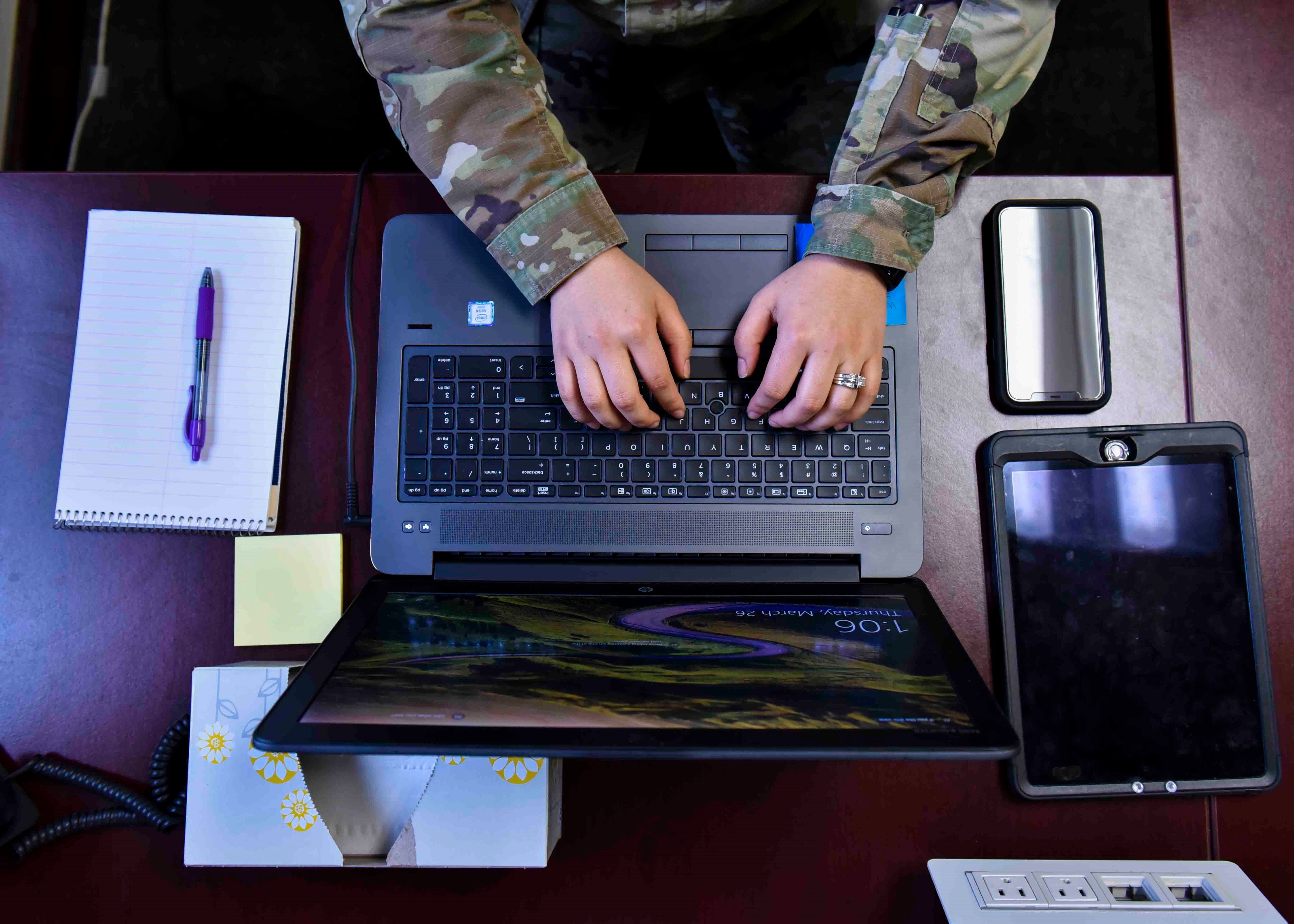WASHINGTON — The primary platform the U.S. Department of Defense has used to handle massive telework for employees will remain in place until at least June 2021.
According to John Sherman, the principal deputy chief information officer at the Pentagon, the DoD CIO office expects the Commercial Virtual Remote Environment to be used through next June as the COVID-19 pandemic continues to plague the United States.
The CVR platform, a Microsoft Teams platform that allows for unclassified collaboration between DoD employees, has over 1 million employees across the enterprise. It’s a platform that the DoD has long touted as a major success of ensuring that the department remains productive during the pandemic.
The DoD team is working on developing an “enduring solution” that would enable telework after personnel begin returning to the office. Right now, the CIO’s office is working to establish a new CVR environment with an upgraded security level up to Impact Level Five, which will enable DoD users to work on mission-critical information. The current environment is certified at an Impact Level two, which allows users to work on noncritical mission information from home.
“We know we need a more enduring solution but [one] that keeps the same functionality of CVR, which allows us to talk to people at IL-2, talk to people not on the Department of Defense Information Network,” Sherman said at C4ISRNET’s CyberCon event Oct. 28.
The department began using CVR in March. Top IT leaders boast that the platform was rolled out rapidly, though it was initially expected to be a temporary solution. At one point, the DoD added 250,000 new users in one day. The next iteration of that collaboration platform, Sherman said, will also retain the “bring your own approved device” capability that the CVR platform currently has.
The department’s shift in telework was boosted in part by $300 million allocated by Congress as part of a massive coronavirus relief package.
The services also had to make major investments to prepare for telework. The Army expanded its network capacity by 400 percent; the Air Force increased its virtual private network infrastructure from 10,000 users to 400,000 users; and the Navy increased remote network access for up to 500,000 users.
Sherman also highlighted how the CVR environment allowed the National Guard help respond to the pandemic, adding that the unclassified environment “is exactly what they needed to be able to help set up the field hospitals, help work on some of the medical supply chain issues.”
Andrew Eversden covers all things defense technology for C4ISRNET. He previously reported on federal IT and cybersecurity for Federal Times and Fifth Domain, and worked as a congressional reporting fellow for the Texas Tribune. He was also a Washington intern for the Durango Herald. Andrew is a graduate of American University.







